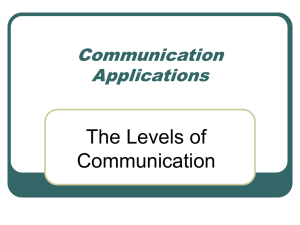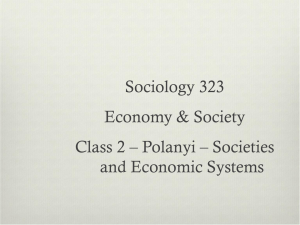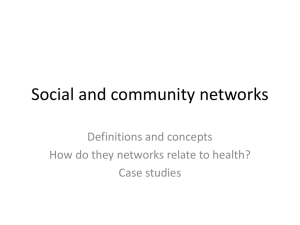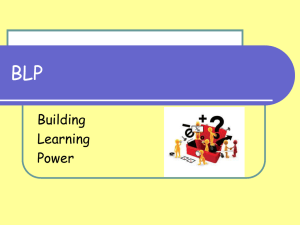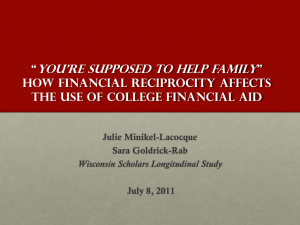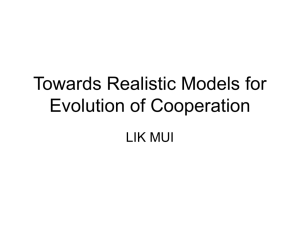Glossary
advertisement
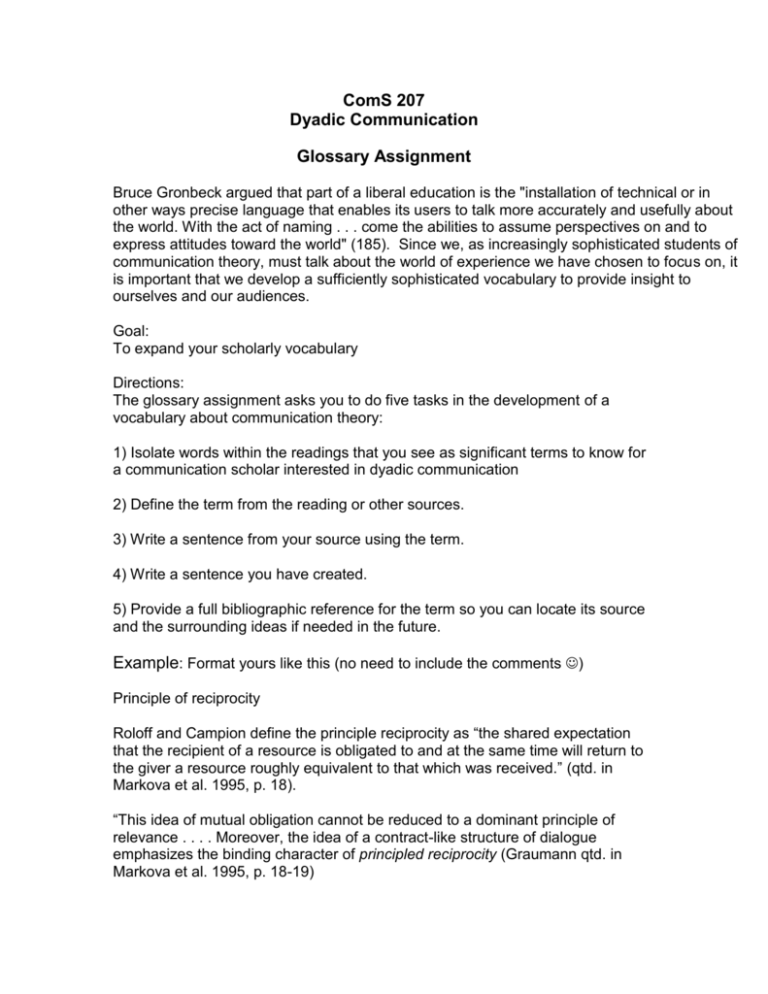
ComS 207 Dyadic Communication Glossary Assignment Bruce Gronbeck argued that part of a liberal education is the "installation of technical or in other ways precise language that enables its users to talk more accurately and usefully about the world. With the act of naming . . . come the abilities to assume perspectives on and to express attitudes toward the world" (185). Since we, as increasingly sophisticated students of communication theory, must talk about the world of experience we have chosen to focus on, it is important that we develop a sufficiently sophisticated vocabulary to provide insight to ourselves and our audiences. Goal: To expand your scholarly vocabulary Directions: The glossary assignment asks you to do five tasks in the development of a vocabulary about communication theory: 1) Isolate words within the readings that you see as significant terms to know for a communication scholar interested in dyadic communication 2) Define the term from the reading or other sources. 3) Write a sentence from your source using the term. 4) Write a sentence you have created. 5) Provide a full bibliographic reference for the term so you can locate its source and the surrounding ideas if needed in the future. Example: Format yours like this (no need to include the comments ) Principle of reciprocity Roloff and Campion define the principle reciprocity as “the shared expectation that the recipient of a resource is obligated to and at the same time will return to the giver a resource roughly equivalent to that which was received.” (qtd. in Markova et al. 1995, p. 18). “This idea of mutual obligation cannot be reduced to a dominant principle of relevance . . . . Moreover, the idea of a contract-like structure of dialogue emphasizes the binding character of principled reciprocity (Graumann qtd. in Markova et al. 1995, p. 18-19) A good deal of the patterned nature of phatic communication in dyadic relationships, e. g., praise and returned complement, smile for smile, etc., can be explained by actors enacting the principle of reciprocity. Graumann, C. F. (1995). Commonality, mutuality, reciprocity: A conceptual introduction. In Markova, I., Graumann, C. F. & Foppa, K. (Eds.). Mutualities in dialogue (pp. 1-24). Cambridge: Cambridge University Press. 30 accepted entries earns 10 points; 50 accepted entries earns 20 points. I make the final judgment as to what is acceptable. In the past, problems arise in two places: 1) students choose terms that are not technical terms in the literature. For example, “interpersonal communication” is a term of general use. However, while the word is used in natural speech, “mutuality” is a technical term in this context that merits treatment. 2) Sentences of application generated by the student often do not show that the student has grasped the concept. Writing, “I think mutuality in dyadic communication is important,” does not indicate your mastery of the term! (You will receive points based on a percentage of terms accepted. So, if you attempted 30 entries, and 25 were accepted, you would get 8.3 points.)


